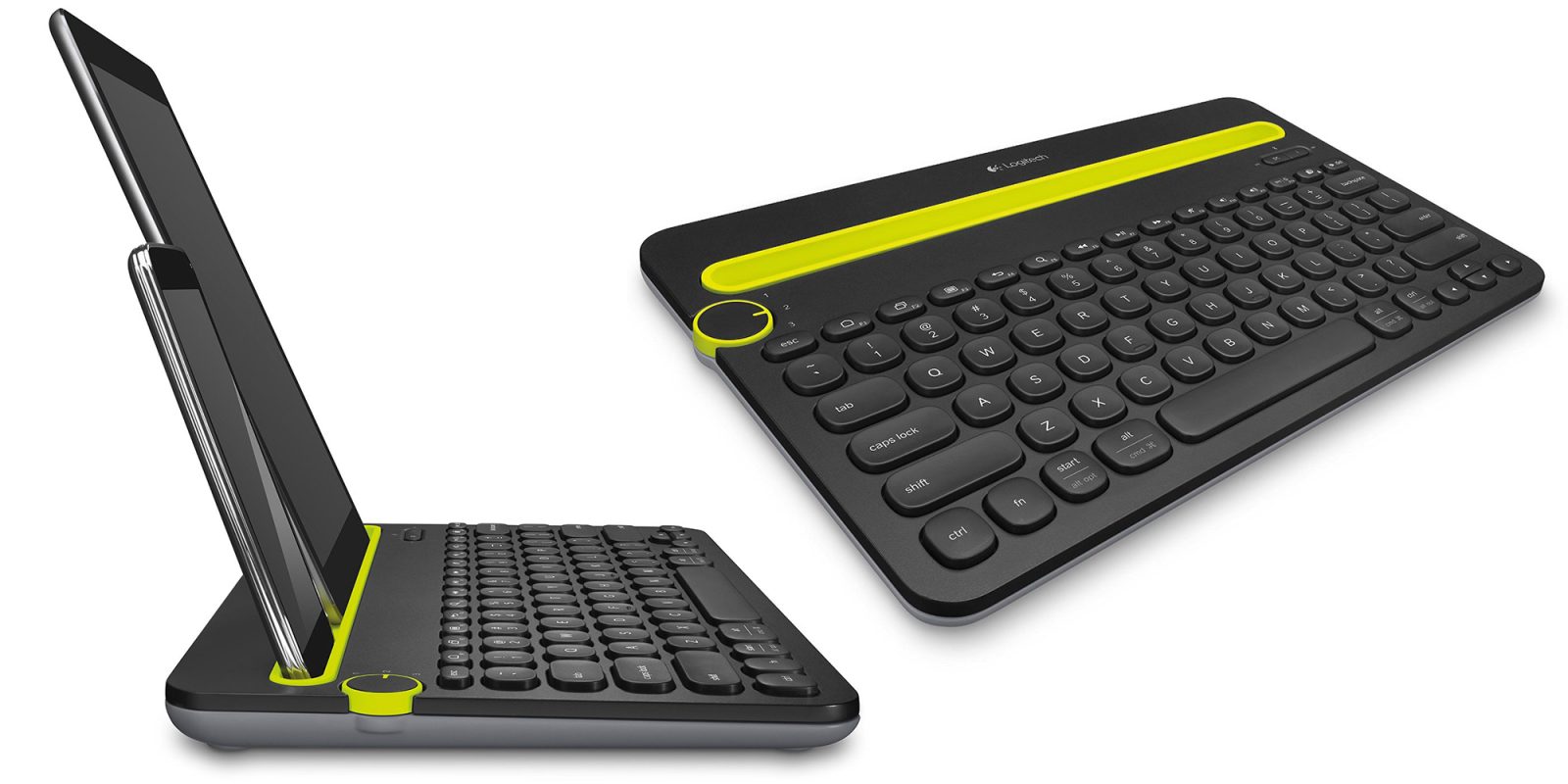Wyze has made a name for itself quickly by making smart home products like its $20 security camera and $8 smart light bulbs that are very cheap.
Now, the Seattle company has just released the Wyze Robot Vacuum, which is its most expensive product to date. But at $250, this robot vacuum cleaner with lidar is still a good deal.
The Wyze Robot Vacuum has lidar to help it move around accurately. It also has three levels of suction, a large dust bin, scheduling options, and the ability to charge itself in the middle of cleaning. I’ve been using the Wyze vacuum for about a year, and here’s what I thought about it..
Setup and hardware
You could be forgiven for thinking that all robotic vacuum cleaners look almost the same. Most of them are short and round. They have bumpers that gently tap against furniture, wheels to move and steer, and spinning brushes that pull dirt into the suction system below.
The Wyze uses the same basic steps, but it adds a lidar sensor, which is the round object on top. You may be familiar with lidar technology from self-driving cars. Just like in those cars, the lidar inside the Wyze vacuum spins around six times per second, measuring the distance between it and 2,016 different points in the room that are up to 26 feet away.
Like self-driving cars, this system makes a digital, three-dimensional map of each room the Wyze robot goes through. Then, it figures out the best way to cover each room as quickly as possible. Some other robotic vacuums, like the S4 Max, S5 Max, and S6 Pure by Roborock and the Samsung JetBot 90 AI, also have lidar. But even the one that costs the least is twice as much as the Wyze.
A cliff sensor, a collision sensor, a speed sensor, and a gyroscope keep it from falling down the stairs. The front has a spinning brush that throws dust and dirt into the path of the robot. The box comes with a spare brush. There is also a spare HEPA filter and the charging dock for the robot, which it connects to with two big metal contacts. It’s an easy way to get power to the robot, and the way it’s made lets it park with some error.

The rest of the Wyze’s hardware is pretty much the same as that of any other robot vacuum. The hinged top lifts up to reveal the dust bin and HEPA filter, as well as a brush-cleaning tool with a small blade for cutting hair that might get caught in the rotating brush. This is a thoughtful addition from Wyze.
The clear dust bin is easy to take out, and when you do, the vacuum will confirm that it has been taken out. It opens easily and is made so that you can empty it without spilling its contents or getting your hands dirty. But the vacuum can’t tell when the bin is full, so you’ll have to keep an eye on that yourself.
The only thing I don’t like about the robot’s hardware is that it doesn’t have a handle that makes it easy to pick up with one hand.
When you flip the Wyze over, you’ll see two rubber wheels that grip well, a third wheel that spins at the front, and a brush that spins under a removable cover. Everything comes apart easily, and using the cutting tool that comes with it only takes a second to get hair and fabric strands out of the brush.
The rotating brush isn’t very big compared to the robot’s diameter, but the spinning brush on the front edge helps push dirt toward the central roller, where it can be sucked up and put in the dustbin. Overall, this robot vacuum looks and feels the same as most others. Its design doesn’t stand out, but the low price of $250 doesn’t hurt it either.
It’s easy to set up the robot. Install the free Wyze app on your phone and make an account if you don’t already have one. Plug the charging dock into a wall outlet and put the robot against it. Now, tap the plus sign in the top left corner of the Wyze app and do what it says.

Once the robot is set up and its battery is charged, you can start by tapping the Clean icon in the app. Then, it will move around the floor by using its lidar and collision sensor to figure out the best path. This starts by going around the room (or rooms) in a circle. Then it goes back and forth in straight lines until it has been everywhere.
During this first cleaning, the robot will use its lidar sensor to make a map of your property. It’s best to leave all the doors open so it can move around and you can label each room correctly in the app. The robot thought that our living room and kitchen were two different rooms, but the hallway, bathroom, and bedroom were all counted as one room. Luckily, the shape of the map was right, and once the first map is done, the app lets you divide rooms and give them the right names.
If you change the layout of your home, you can always make a new map. The robot will quickly drive around without cleaning to make the map as quickly as possible. Once the map is labeled, you can tell the robot to clean a certain room or rooms if they are the only ones that need to be cleaned. You can also put up virtual walls to keep the robot from cleaning some areas.

The Wyze isn’t smart enough to figure out where extra cleaning is needed, like some more expensive options can, and it doesn’t have a “spot-clean” option for things like spills. If the floor needs more attention, you’ll have to run the whole clean again. It can’t tell the difference between carpet and hard floors, so it always uses the same amount of suction.
You can choose from three different suction modes: Quiet, Standard, and Strong. The last one has a suction power of 2,100 Pa, while the first two are clearly weaker and only slightly quieter. The strongest setting is the best one to use.
We thought the Wyze did a good job of getting around our small apartment. It didn’t think twice about driving into small spaces between furniture and was very good at driving right up to walls and other things without hitting them. Even the raised circular bases of our three bar stools were no problem for it. Despite the strange terrain, it seemed to know what it was doing.
But it had trouble with cables, even the ones it made itself. One time, the robot’s wheel got caught in a cable under a table in the corner of the room. The rotating brush fell off, but it’s easy to put back on, and the robot stopped to use the app to call for help. This wasn’t a disaster, but I would have liked to see it stop and ask for help before it got so messed up. It did this only once, though, and after I moved some cables out of the way, it cleaned the rest of the apartment without any problems. I would also like a way to attach the charging dock to a wall or secure it in some other way. It is very light and can be easily moved by the robot or someone walking by. Even if the dock has been moved, the robot can still find it, but it might not be able to connect to the charging contacts in a tight space.

The app can also be used to change the map and set a schedule for the robot. If you want, you can set a different cleaning time for each day. You can also set the level of suction and choose which rooms to clean each day, or ask it to clean the whole house (or floor – it of course cannot handle the stairs).
The Wyze robot cleaned a room that was 169 square feet in 27 minutes, which shows how quickly it works.
Lastly, the app has a section that keeps track of how many hours parts like the main brush, edge brush, and HEPA filter have left. This is not based on real-time data, but on how long the robot has been cleaning and how long each part is designed to last before it needs to be cleaned or replaced. The main brush and edge brush are made to last for 300 hours and 200 hours, respectively, while the filter is good for 150 hours. The Wyze app lets you order replacements for all three, but prices aren’t yet available. The box comes with a spare edge brush and filter.
My Final Thoughts
As usual for Wyze, this robot vacuum cleaner is a great deal for what you get. It has features, like lidar and cleaning each room separately, that are usually only found on more expensive vacuums from other companies, but it also does the basics well.
The design isn’t anything special, but it’s not offensive either, and we have no problems with how well it cleans. The lidar-powered mapping feature works great, and we like how each room can be cleaned with just a tap. The robot seems smart enough not to get too lost, even in a small apartment with an odd layout, but it could do a better job of figuring out what to do when it gets tangled up in cables. Still, the one time this did happen, it didn’t hurt anyone.
The Wyze vacuum doesn’t work with smart homes, so you can’t use Alexa or any other voice assistant to control it. Also, automation systems like IFTTT can’t be used to control it. But we didn’t really miss these features because the robot is so easy to control from the app or by pressing the power and home buttons on it.
The Wyze Robot Vacuum is for you if you want a vacuum with a low price that does the basics well, has great mapping capabilities, and leaves out some of the extra features that other vacuums have.
This post contains affiliate links. For more information check out our disclosure policy.



















